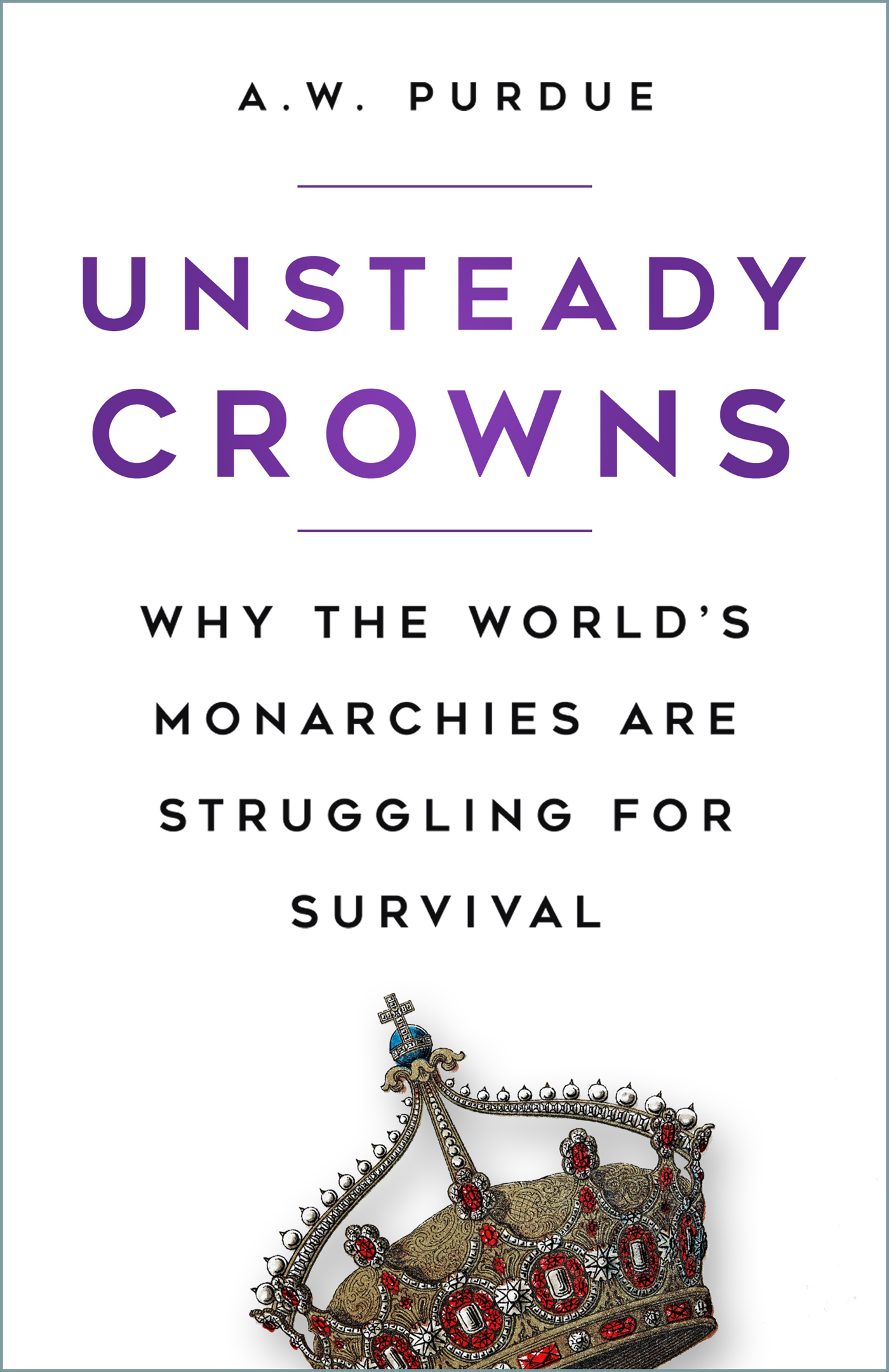Long to Reign?
by A.W. Purdue
2020-03-20 10:03:07
At the beginning of the twentieth century, monarchy was by far the most common form of government: emperors sat on the thrones of Germany, Austria-Hungary, Persia, China, Russia and the Ottoman Empire, while there were kings of Bulgaria, Serbia, Ital...
Read more
At the beginning of the twentieth century, monarchy was by far the most common form of government: emperors sat on the thrones of Germany, Austria-Hungary, Persia, China, Russia and the Ottoman Empire, while there were kings of Bulgaria, Serbia, Italy, Romania, Greece, Korea and Cambodia. After he lost his throne in 1952, King Farouk of Egypt predicted that by the end of the century there would be only five kings: the kings of hearts, aces, clubs and spades, and the King of England. That prediction has not come true, for there remain the Emperor of Japan and the kings of Thailand, Sweden, Norway, Denmark, Belgium, Saudi-Arabia and Jordan and the queen of the Netherlands, in addition to the British queen. Malaysia is a kingdom of sorts, and Spain has become one again. The number of monarchies has appreciably diminished, yet monarchies and dynasties continue to have charisma: the appeal of teh House of Habsburg remains potent in Austria and Hungary, the Romanovs have supporters in Russia, and even in France a recent public opinion poll showed nearly one in five would welcome a restored monarchy. Divided into three sections, this book examines the various common denominators in those countries which have retained their monarchies, and concludes with an argument for the important role played by monarchies as agents of continuity, guarding and representing the national ethos.
Less




























.jpg)

